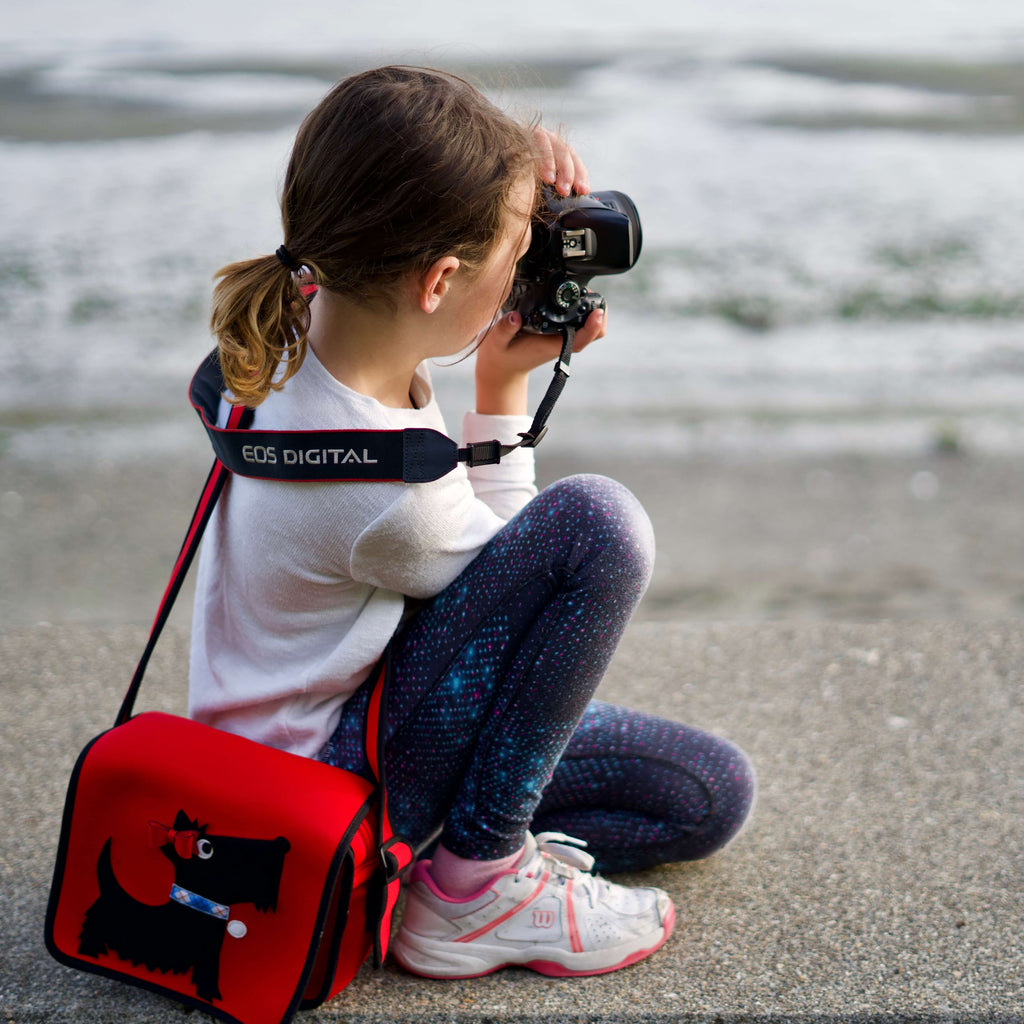Easy Tips for Photographing Your Own Children
Family photographs have the ability to tell a story. An individual photo connects to a moment in time, but an aggregation of family photos becomes a photo composition. Such story telling plays an important role in families for a few reasons. For one, I feel it is a way to document the relationship among family members and can be used later to initiate outsiders to the family history. When my husband and I married, my mother-in-law handed me a photo album that told the story of my husband from childhood. It was the most amazing gift and she couldn’t have found a better way to welcome me to the family. Second, documented family memories also tie us to people, places and emotions. Each member of my family can look back on the photos and relive our family history. If you're reading this blog, I can only assume that you are planning on taking on the responsibility of family memory keeper for your family.
Being your families photographer is a rewarding task but whether you’re photographing as a hobby or a profession, working with your own family is a different ball game. Perhaps you take a lot of photos, as I do, and your children run when they see the camera. Or, one of your children is going through a power struggle phase and uses photoshoots as a chance to prove who is in control. Been there!
Try a couple of the following tips that I have found to work with my kids and see if there is a change in your ability to successfully photograph your own. You will be making photo albums to pass down to a son or daughter in-law before you know it!
- Find good light. The time of day can make or break a photo. Morning and early evening can be your best for softer lighting. Don’t be afraid to shoot on hazey or lightly foggy days. It’s easy to want to chase the sunshine but it can be difficult to battle shadows and squinting eyes.
- Try not using flash. Take photos in the most natural lighting you can find. Natural light is free, constant and creates an airy quality to photos. This effect isn’t as easy to achieve when artificial lights are used.
- Take a lot of photos. The biggest benefit of the digital era is the ability to delete unwanted photos. Your only limitation is the capacity of your memory card. Keep the basic rules of photography - composition, rule of thirds, shutter, aperture, etc. - in mind as you click the shutter and you’ll find a few good photos in every batch.
- Get up close. Whether using a telephoto or a 50 mm prime lens, fill the frame with your child’s emoting face. Not much else is necessary in the frame to capture the moment. Take advantage of the chance to freeze their young eyes and glowing skin in time.
- Get on their level. You are much less intimidating with a camera when at eye level. Your children will think of the photo session as a more playful moment if they can look directly at you and you’re in their world with them. Their perspective is quite different from down there and it’s easier to capture from their height.
- Give them some control. Whenever your children want to be the photographer, allow it! Not only will you be impressed with your budding photographers photos, but your children will feel a part of the process. Try to incorporate their suggestions into the photoshoot and allow them to feel like it is their project too.
- Let them play. The best photos can come from raw emotion and candid moments. Nothing beats a natural smile on child’s face! Hiding in the shadows to snap photos while your children play with their favorite stuffed animals or taking them to their favorite park and snapping while on the jungle gym can give you those perfect moments to save and share for a life time.
- Be patient. You’ve done your part. The lighting is perfect, the setting is right and everything is ready to go. However, your children may be a bit moody or your dog doesn’t understand that it’s backside isn’t the best view. If you get frustrated, your children will sense it and won’t want to participate anymore. This creates a vicious cycle of more frustration. Some times it just isn’t the right moment and you need to let it go. It could take numerous outings or shoots to get the shot you’re looking for but it will happen if you have patience.

